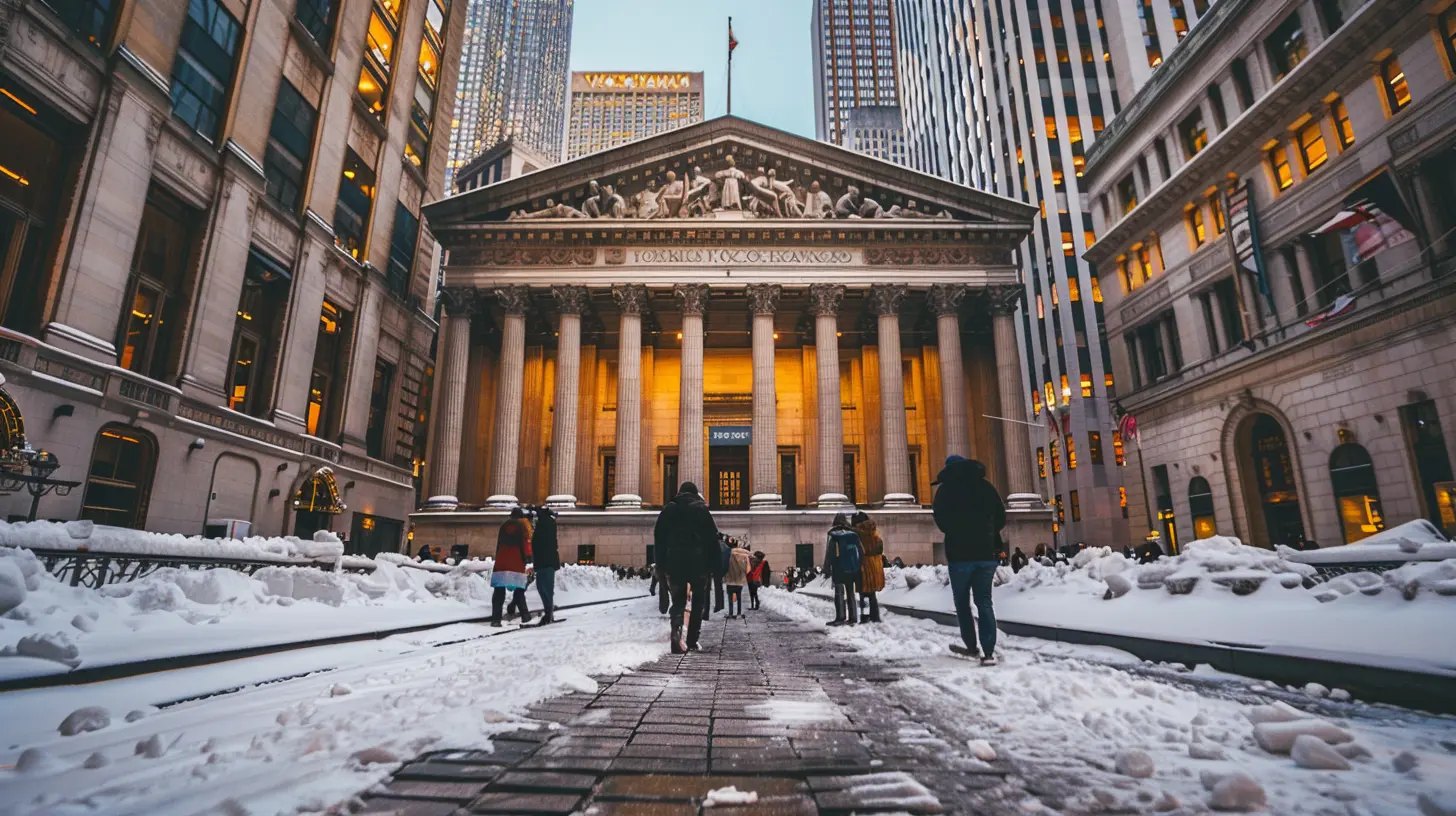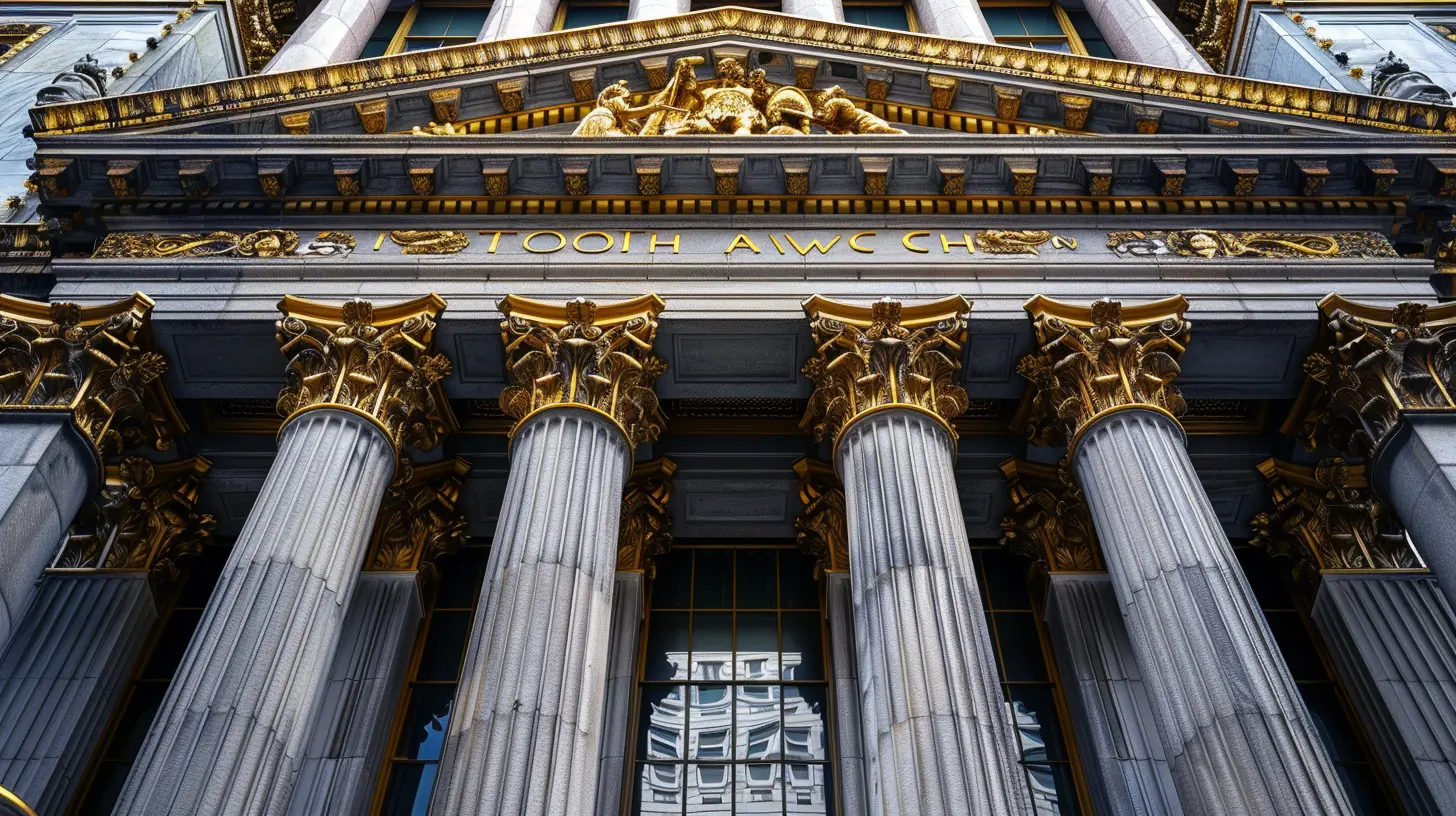Assessing the Impact of Interest Rate Changes on Corporate Bonds
18 November 2025
If you've ever dabbled in fixed-income investments like corporate bonds, you've probably realized there's one financial factor that can cause a whole lot of turbulence—interest rates. One small shift, either up or down, and the bond market starts reacting like it just got a strong shot of espresso.
So why does that happen? And more importantly—what does it mean for your corporate bond investments? That’s exactly what we’re going to dig into today.
Grab a coffee, because we’re going on a deep dive into how interest rate changes affect corporate bonds, how to stay ahead, and what strategies savvy investors use to protect their gains.
What Are Corporate Bonds, Anyway?
Before we start connecting dots, let’s make sure we’re all speaking the same financial language.A corporate bond is essentially a loan you give to a company. In return, the company promises to pay you interest (called the “coupon”) at regular intervals and eventually return the full amount (the “principal”) at a set date in the future (known as the “maturity date”).
Simple, right? But here’s the kicker—corporate bond prices don't live in a vacuum. They’re constantly reacting to what’s happening in the financial world, especially changes in interest rates.
The Relationship Between Interest Rates and Bond Prices
Let’s get to the heart of the matter. When interest rates change—whether it’s the Federal Reserve tweaking the fed funds rate or market yields shifting—the value of existing corporate bonds reacts.Why Do Bond Prices Fall When Interest Rates Rise?
Think about it like this: If you hold a bond that pays 4% interest, and suddenly new bonds are being issued at 5%, who do you think investors prefer?Yep. The new 5-percenters.
So your 4% bond becomes less attractive. If you want to sell it before it matures, you’ll probably have to drop the price to make it competitive. In essence:
> Interest rates up = bond prices down.
It works the other way too. When interest rates fall, your older, higher-yielding bond becomes the belle of the ball. Suddenly, everyone wants it—and its price goes up.
What Makes Corporate Bonds React Differently?
Now, not all bonds act the same when rates shift. Corporate bonds have their own personality quirks.1. Credit Risk Comes Into Play
Unlike U.S. Treasury bonds, corporate bonds carry credit risk—the chance the company might default. When interest rates rise, companies with weaker credit ratings may struggle more to roll over debt or pay higher borrowing costs.That added layer of risk can make corporate bonds more sensitive to interest rate movements—especially the lower-rated ones, like junk bonds.
2. Duration Matters
Ever heard the term duration tossed around in bond conversations? It’s not about how long you hold the bond—it’s a measure of how sensitive the bond’s price is to interest rate changes.Longer-duration bonds tend to swing more wildly when rates shift. So if you’re holding a 20-year corporate bond, buckle up—it’ll see bigger price changes than a 3-year bond when the Fed acts.
3. Inflation Expectations
Inflation and interest rates are best buddies in the world of finance. If the market expects inflation to rise, interest rates usually follow suit. Higher inflation eats into the real return you earn from bonds, making them less attractive unless rates rise to compensate.Corporate bond investors keep a very close eye on inflation data for this exact reason.
The Ripple Effect on Corporate Bond Portfolios
If you’re holding just one bond, the impact might feel manageable. But in a diversified portfolio filled with various kinds of corporate bonds—different industries, durations, and credit ratings—the ripple effect can look a bit like a tsunami if you’re not careful.Portfolio Devaluation
When rates rise, the total value of your bond portfolio can drop—sometimes sharply. Even if you’re collecting those interest payments like clockwork, the resale value of your bonds may not be pretty.Reinvestment Risk
Let’s flip the coin. What if interest rates fall?Sure, the value of your existing bonds might rise, but if you're reinvesting coupon payments or buying new bonds, you're going to have to accept lower yields. That’s called reinvestment risk, and it’s something too few investors think about until it bites them.
The Fed’s Role in Rate Changes
Most of the time, the Federal Reserve is the puppet master pulling the interest rate strings. It adjusts the federal funds rate to keep inflation and unemployment in check.Any announcement by the Fed—even a hint of a rate hike or cut—can send shockwaves through the bond market.
But here’s the sneaky part: markets often react before the Fed even acts. It’s all about expectations. If everyone thinks a rate hike is around the corner, bond prices could start adjusting long before the Fed steps in.
Corporate Bond Strategies in a Rising Rate Environment
Let’s face it—interest rates don’t stay still for long. So how can you position yourself when they’re on the rise?1. Shorten Your Duration
If rising rates are on the horizon, shorter-duration corporate bonds can be your safety net. They’re less sensitive to rate changes and will let you reinvest at higher rates more quickly.Think of it like driving a compact car through winding roads—you want something nimble, not a lumbering SUV.
2. Consider Floating Rate Bonds
These nifty instruments have interest payments that adjust periodically based on a benchmark rate (like LIBOR or SOFR).When rates go up, so do your payments. It’s like having a self-updating paycheck that keeps pace with the economy.
3. Ladder Your Bonds
Bond laddering involves buying bonds with staggered maturity dates. As each bond matures, you reinvest in new ones—allowing you to gradually take advantage of rising rates without a full portfolio overhaul.It’s like always having one foot on the ground while hopping across a stream. You’re minimizing your risk while still moving forward.
What About Falling Interest Rates?
Falling rates bring their own challenges, but they’re not all bad news.1. Capital Appreciation
If you already own bonds with higher coupon payments, their value goes up. You could sell them at a premium, pocket the gains, or keep collecting the above-market interest.2. Reinvestment Frustration
On the downside, reinvesting interest payments or adding new bonds to your portfolio gets trickier. You may need to accept lower yields—or take on more risk chasing better returns.This is when some investors move up the risk scale, dabbling in lower-rated corporate bonds to snag extra yield. Just be careful—it’s easy to trade stability for shaky ground.
Corporate Bonds vs. Other Asset Classes in a Changing Rate Environment
How do corporate bonds stack up against other options like stocks, real estate, or Treasury bonds when interest rates move?Corporate Bonds vs. Treasuries
Corporate bonds generally offer higher yields than government bonds—but they come with added credit risk. When rates rise, that extra risk can either pay off (if managed well) or backfire (if default risks climb).Corporate Bonds vs. Stocks
Stocks can benefit from rising rates if they signal a strong economy. But higher rates also mean higher borrowing costs for companies, which can eat into profits. Corporate bonds, on the other hand, offer more predictable returns—unless the issuer hits financial trouble.Corporate Bonds vs. Real Estate
Real estate is often seen as an inflation hedge, but it too can stumble when rates spike—think higher mortgage costs and squeezed demand. Corporate bonds offer a different kind of stability, especially for income-focused investors.Navigating Today’s Rate Landscape
As of now, we’re in an economic environment where interest rate paths are anything but predictable. Inflation pressures, central bank policies, geopolitical shocks—there’s a lot at play.So what’s the winning move?
You don’t need a crystal ball. You just need smart strategy and solid diversification. Corporate bonds can still be a valuable part of your portfolio—but they need to be actively monitored, not thrown in a drawer and forgotten.
Final Thoughts
Corporate bonds are excellent tools for steady income—but they do have an Achilles’ heel: changing interest rates. Understanding the dynamics between the two is key to avoiding surprises and making informed investment decisions.Whether rates are rising, falling, or doing some chaotic dance in between, your best defense is knowledge and flexibility. Keep your bond durations in check, evaluate credit risks carefully, and don’t be afraid to adapt your tactics as the market evolves.
Remember—your portfolio isn’t a set-it-and-forget-it slow cooker. It’s more like a garden. Interest rates are the weather. You’ve got to tend it.
Happy investing.
all images in this post were generated using AI tools
Category:
Interest Rates ImpactAuthor:

Yasmin McGee

